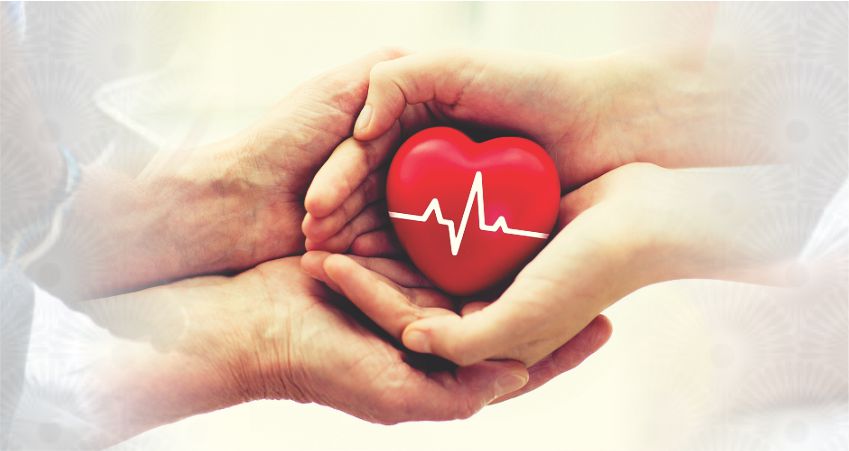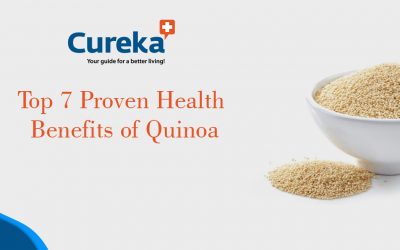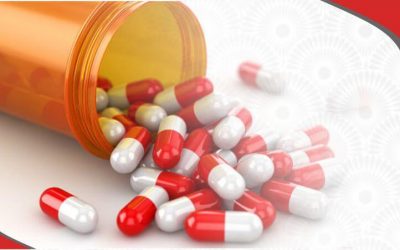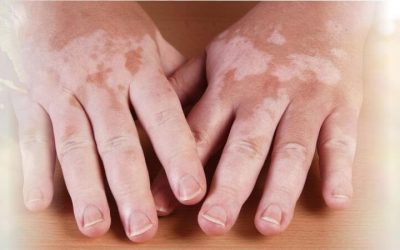BLOOD DONATION
Blood and blood products are one essential medical treatment for all age groups and many a times in the emergency rooms. We all would agree that blood cannot be manufacture despite the advances in medical technology, hence the primary source for blood products isonly volunteer donors.Replacement blood donation by family members of patients provides more than 45% of blood collected in India Thus, donor recruitment and donor retention are vital factors for a blood bank to maintain its supply.One of the most important problems in finding blood donors is the inadequacy of volunteer number. With several awareness campaign done off late this problem is addressed to a certain extent.
Blood transfusion has developed for about 100 years from “simple” whole blood infusion to advanced targeted therapy with specific parts of donor blood. Mostly donors opt for the more common donation type called “whole blood” donation or some choose a partial donation in which only specific aspects are extracted: plasma, red blood cells (RBCs), or platelets are collected.
Though many awareness programs “Altruism” was the most common general motive for donating blood and also for continuing to be an active blood donor. Direct ‘influence from friends/relatives’, ‘media appeal’ and other types of recruitment were more commonly reported as reasons or motives for donating blood than altruism.The demand for the right motivation fits with the general moral principle that a helping act only has moral value when it is made for an altruistic reason.
During a whole blood donation, blood is taken from the arm and then separated later into its usable parts, which can benefit up to three people.An individual is allowed to donate 500 mL of whole blood every 8 weeks (56 days).
During a transfusion, onereceives whole blood or parts of blood such as
- Red blood cells – cells that carry oxygen to and from tissues and organs
- Platelets – cells that form clots to control bleeding
- Plasma – the liquid part of the blood that helps clotting. One may need it if one has been badly burned, have liver failure or a severe infection.
Platelets are usually restored within a 72-hour period. In case of Athletes oxygen carriers or RBCsare the slowest to regenerate, taking four to six weeks to fully rebound.So athletes have to wait longer to donate blood and ideally after their major event or critical training period.
Blood collected in an anticoagulant can be stored and transfused to a patient in an unmodified state. This is known as ‘whole blood’ transfusion. One unit of donated blood may be divided into components, including red cell concentrates, fresh frozen plasma, cryoprecipitate and platelet concentrates, to meet the needs of more than one pa
WHO recommends that all blood donations be screened for evidence of infection prior to the release of the blood and its components for clinical or manufacturing use. Screening of all blood donations should be mandatory for HIV, hepatitis B and C and syphilis
Benefits of Blood donation:
- The feeling that you have saved a life gives immense satisfaction first
- A mini health check up is done before donating so it’s a chance for one check his /her health status
- You can lose 650kcals by donating blood
- Blood donation removes oxidants and decreases oxidative stress by elevating antioxidant enzyme such as superoxide dismutase in ones body.
- This is associated with decreased risk of type 2 diabetes and cardiovascular disease. Stored iron seems to impact negatively on insulin action even in healthy people.
Side Effects of Blood Donation
There side effects of blood donation are potentially short-term, and depend on the type of product being donated, the body’s tolerance to the procedure, overall health of the donor. Common side effects may include-
- Dizziness
- Tingling in the lips and nose
- Chills. A thick blanket can make one comfortable.
These side-effects can be minimized by drinking plenty of water prior to donation, having a well-balanced meal before and after donating blood, and getting plenty of sleep on the night before blood donation.
Iron deficiency anemia is common in blood donors, especially in female donors of childbearing age.
25% to 35% of blood donors become iron depleted from regular blood donation. Iron supplementation, and reducing donation frequency will proved helpful.Oral iron supplementation after blood donation found wide variation in the rate of hemoglobin recovery among participants who did not take supplements and recovery times well beyond the 56-day minimum donation interval among iron-depleted individuals. Improves the chances that they will continue to donate for life.
Haemovigilance is the set of surveillance procedures covering the entire blood transfusion chain, from the donation and processing of blood and its components, through to their provision and transfusion to patients, and including their follow-up
There is a deficit of knowledge with regards to need for blood transfusion, methods as well as risks of remunerated blood transfusion uniformly across all ages and both the genders. Though a majority of individuals were willing for voluntary blood donation, the fears for donation and ignorance of the procedure has been a deterrent.
Conclusions: Education and motivation by blood banks and health professionals can lead to increase in non-remunerated voluntary blood donations as a majority of individuals are willing for blood donation.
Donor self exclusion and strict donor selection criteria application should be addressed by more proactive measures to make blood donation a safe and pleasurable experience.














